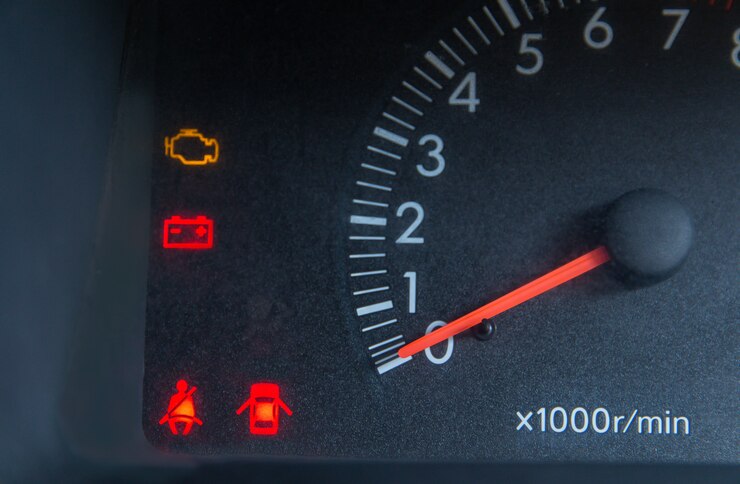A healthy battery is essential for the proper functioning of your vehicle’s electrical system. However, if you notice a Battery Drain Warning Light on your dashboard, it indicates that there is a problem with the battery or the charging system. Ignoring this warning light can result in a dead battery and leave you stranded. In this article, we will discuss the diagnosis of Battery Drain Warning Lights and provide some solutions to address the issue effectively.
Diagnosing Battery Drain Warning Lights:
- Check the Battery Voltage: The first step in diagnosing battery drain is to check the voltage of the battery. Use a multimeter to measure the battery voltage. A fully charged battery should read around 12.6 volts. If the voltage is significantly lower, it indicates a weak or discharged battery.
- Inspect the Battery Connections: Ensure that the battery connections are clean, tight, and free from corrosion. Loose or corroded connections can prevent the battery from charging properly, leading to battery drain.
- Test the Alternator: The alternator is responsible for charging the battery while the engine is running. If the alternator is faulty, it may not provide sufficient charge to the battery, leading to battery drain. Use a voltmeter to check the alternator’s output voltage. It should read between 13.8 and 14.4 volts when the engine is running.
- Check for Parasitic Battery Drain: Parasitic battery drain occurs when there is an excessive draw of power from the battery even when the vehicle is not in use. To check for parasitic drain, disconnect the negative battery cable and connect an ammeter in series. If the current draw exceeds the manufacturer’s specifications (usually around 50 milliamps), there may be an electrical component or circuit causing the drain.
Solutions for Battery Drain:
- Charge or Replace the Battery: If the battery voltage is low, recharge the battery using an appropriate charger. However, if the battery repeatedly loses its charge, it may be time to replace it with a new one.
- Clean and Tighten Battery Connections: Corroded or loose battery connections can prevent the battery from charging properly. Clean the battery terminals and cable ends using a battery terminal cleaner, and tighten the connections securely.
- Test and Replace the Alternator: If the alternator is not providing sufficient charge to the battery, it needs to be tested and replaced if necessary. Consult a qualified mechanic or auto electrician to perform the alternator test and replace it if it is found to be faulty.
- Identify and Repair Parasitic Battery Drain: If there is excessive battery drain when the vehicle is not in use, it is important to identify the source of the drain. This can be a challenging task and may require professional assistance. An experienced technician can use a process of elimination to identify the circuit or component causing the drain and repair it accordingly.
- Reduce Electrical Load: If you frequently experience battery drain, try to minimize the electrical load on the battery. Turn off all unnecessary electrical accessories when the engine is not running, such as lights, radio, or air conditioning.
Remember, diagnosing and solving battery drain issues can be complex, and it may be best to seek professional help if you are unsure about any step or encounter persistent issues. A qualified mechanic or auto electrician can provide expert diagnosis and repair to ensure the proper functioning of your vehicle’s electrical system and prevent future battery drain problems. Battery Drain Warning Lights indicate an issue with the battery or the charging system. By following the diagnosis and solutions mentioned above, you can identify the cause of the battery drain and take appropriate steps to address the issue. Regular maintenance and timely repairs will help ensure a reliable electrical system and prevent unexpected battery drain situations.











